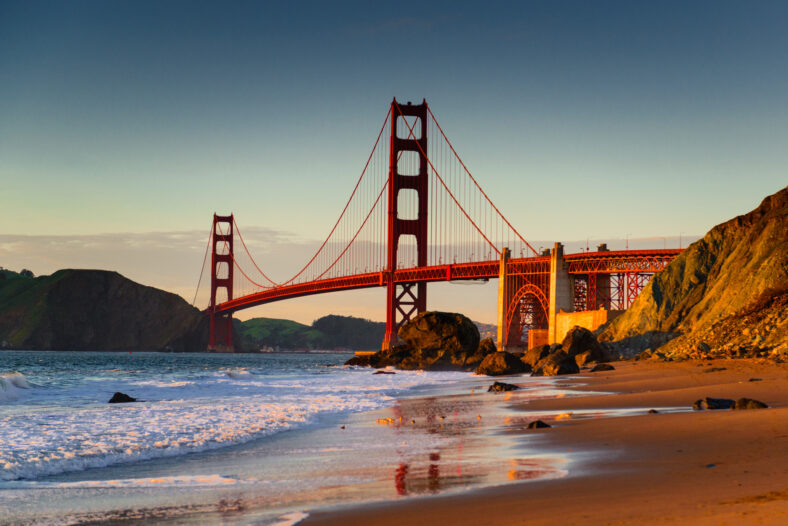11 Men Died During The Construction Of The Golden Gate Bridge, Despite There Being A Safety Net Installed To Protect Workers

The Golden Gate Bridge is an architectural wonder and the most popular tourist destination in the Bay area. It also serves as the ultimate backdrop for dramatic selfies. Once it was completed, it became the longest suspension bridge in the world.
But in the early 20th century, the bridge was just a dream that had not yet come to fruition. Construction began on January 5, 1933, and the work seemed ill-fated from the start.
The idea for a bridge across the Golden Gate Strait was proposed in 1872 by railroad mogul Charles Crocker. However, most people thought his idea was impractical, as the bridge would have to stretch across the open ocean for nearly two miles.
In 1916, the bridge idea was brought up again by San Francisco engineer James H. Wilkins. By 1919, a city engineer named Michael M. O’Shaughnessy was put in charge of the project, which was estimated to cost more than $100 million. Another engineer, Joseph B. Strauss, believed it could be built for about $27 million.
So, a design plan was drawn up, and it included all the Golden Gate’s famous features, such as its Art Deco lines and iconic red color. The new plan cost $35 million.
In 1933, construction workers started moving three million cubic feet of dirt to make way for the bridge. The north tower was raised in 1934, followed by the south pier in 1935. By 1936, a precarious walkway was built between them so workers could assemble the suspension cables.
Since it was the 1930s—the middle of the Great Depression—people were desperate for work. Men waited for construction jobs to open up when laborers died from accidents.
The first worker to be killed on the job was Kermit Moore. On October 21, 1936, he died after a beam fell on him.
With such a big project as the Golden Gate Bridge, deaths were expected. Still, the workers were protected as much as possible.

Sign up for Chip Chick’s newsletter and get stories like this delivered to your inbox.
They wore special hard hats and glare-free goggles. Furthermore, a $130,000 safety net was installed, and it saved the lives of 19 men. Unfortunately, it didn’t catch everyone who fell.
On February 17, 1937, construction workers were removing wooden scaffolding while on a temporary catwalk. The catwalk broke, ripped through the safety net, and plummeted 220 feet down into the ocean, taking 12 men with it. Only two of the 12 men survived the fall, Slim Lambert and his colleague Oscar Osberg.
Finally, in the first half of 1937, the roadway was paved. On May 27, 1937, 18,000 people gathered around each side of the Golden Gate Bridge as it opened to pedestrians.
Since then, the bridge has come to represent Bay Area style and is an engineering marvel that was built successfully even during a time of economic hardship.
More About:News